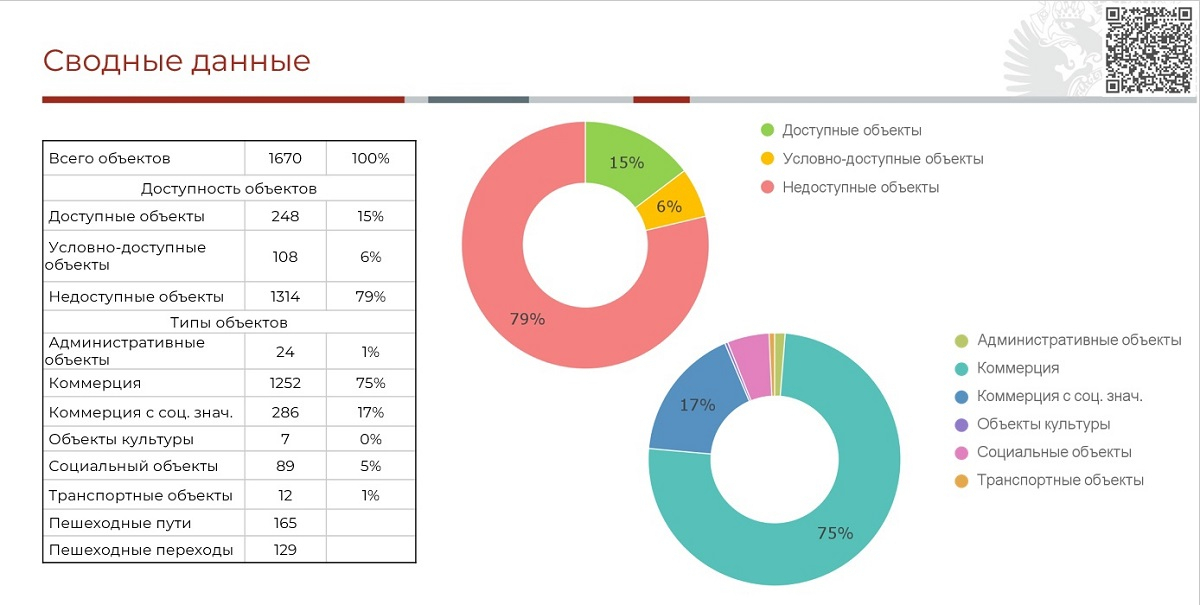Students from St Petersburg University create an interactive map of St Petersburg’s accessibility for people with reduced mobility
Students from St Petersburg University have studied the territory of the city on the Neva River and assessed how accessible the city is for people with reduced mobility. The research resulted in the creation of an interactive map.
As part of the joint research project, students in the Geourbanistics programme under the guidance of Konstantin Aksenov, Professor in the Department of Regional Policy and Political Geography of St Petersburg University, studied the regulatory and legal framework for creating a barrier-free urban environment. They also reviewed best practices for creating an accessible environment in Russia and foreign countries.
Konstantin Aksenov, Professor of St Petersburg University, said that on the territory of St Petersburg the students identified several model ‘polygons’, i.e. areas for field research. Their boundaries were determined according to the principle of the period of development, and their location near metro stations. The final list included six zones: "Vasileostrovskaya"; "Ploshchad Muzhestva"; "Udelnaya"; "Ozerki"; "Parnas"; and "Prospekt Prosveshcheniya". The students separately developed the format of field notes and created maps of "polygons" in QGIS.
Additionally, the early-career geographers of the University studied in detail Russian and international documents and principles of regulating the creation of a barrier-free urban environment. Among such documents are: national standards of the Russian Federation; federal laws of the Russian Federation; resolutions of the Government of the Russian Federation; orders of the Ministry of Labour and the Ministry of Construction, Housing and Utilities of the Russian Federation; the Convention on the Rights of Persons with Disabilities; the International Building Code; and the Design Standards for Accessible and Inclusive Built Environment.
‘The University students analysed in detail the best practices of Russia and foreign countries, including CIS countries, in designing and researching the accessibility of urban space. Special attention was paid to the existing practices of creating a barrier-free urban environment in St Petersburg, and to fieldwork. As a result, the master’s students managed to implement a complex but very important project for our city — to create an interactive map of accessibility of St Petersburg for immobile groups. I hope that work in this direction will be continued,’ Konstantin Aksenov emphasised. Based on the results of processing the field notes, a summary table of the data was created: both overall and for each "polygon". On its basis, the students developed an interactive map, which contains information on the location and accessibility of all the urban objects studied.
The "traffic light" principle was chosen to classify the objects according to their accessibility: green colour means compliance with all barrier-free environment assessment criteria; yellow indicates partial compliance; and red, on the contrary, indicates non-compliance with the main barrier-free environment assessment criteria.

This principle can also be found on the map of the information and analytical portal of the State Programme of the Russian Federation ‘Accessible Environment’. It is designed to facilitate the lives of people with disabilities and citizens with reduced mobility and provide them with the opportunity to integrate into society to the maximum extent possible (approved by Resolution of the Russian Government No 363 dated 29 March 2019).
‘The urban environment is not only infrastructure, but also commercial and administrative facilities. That is why we believe that it is necessary to develop municipal-private partnerships in St Petersburg. Additionally, it is important to create a platform for business involvement in the creation of an accessible urban environment,’ the master’s students from St Petersburg University concluded.
The defence of the research project was attended by: representatives of St Petersburg State Budgetary Institution ‘City Information and Methodology Centre "Accessible Environment"’ and the Centre for Urban Technologies and Spatial Development of the St Petersburg campus of the Russian Presidential Academy of National Economy and Public Administration (RANEPA). They highly appreciated the level of training of specialists at the University, and also expressed their support for the project of the master’s students in the Geourbanistics programme.

